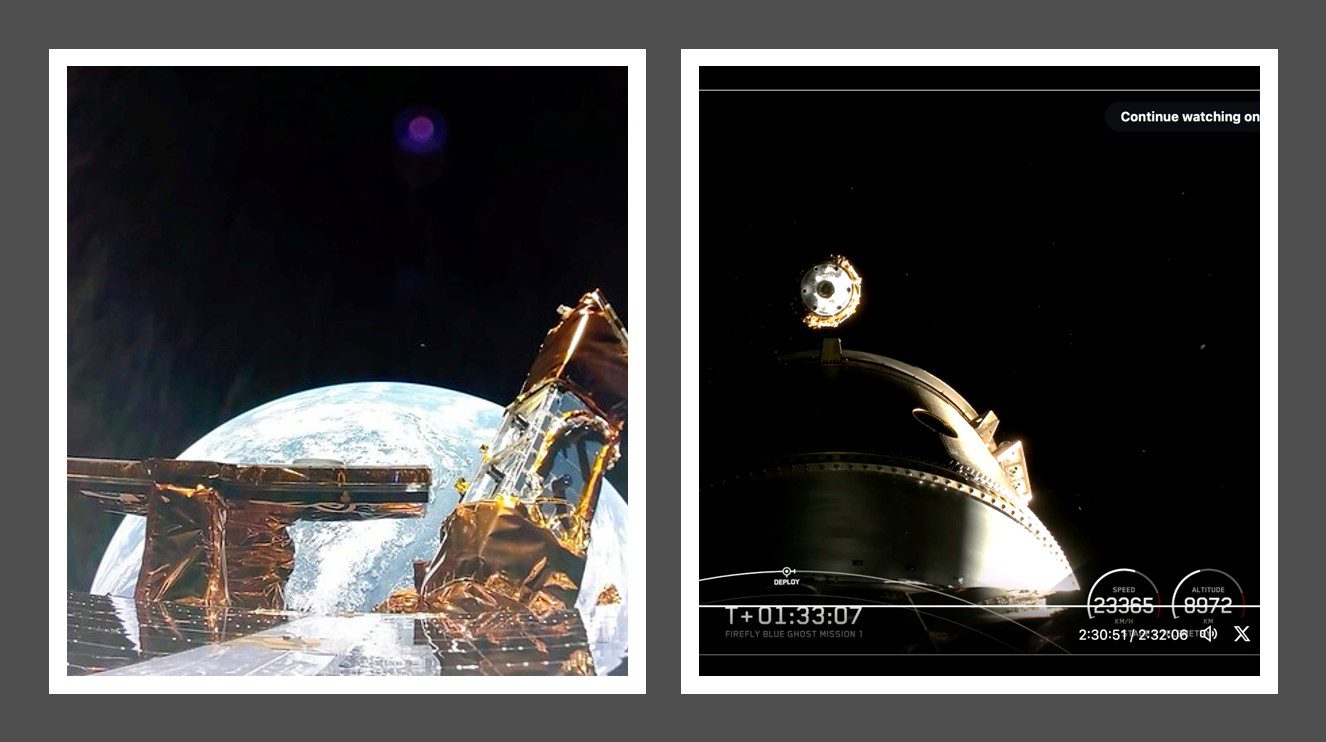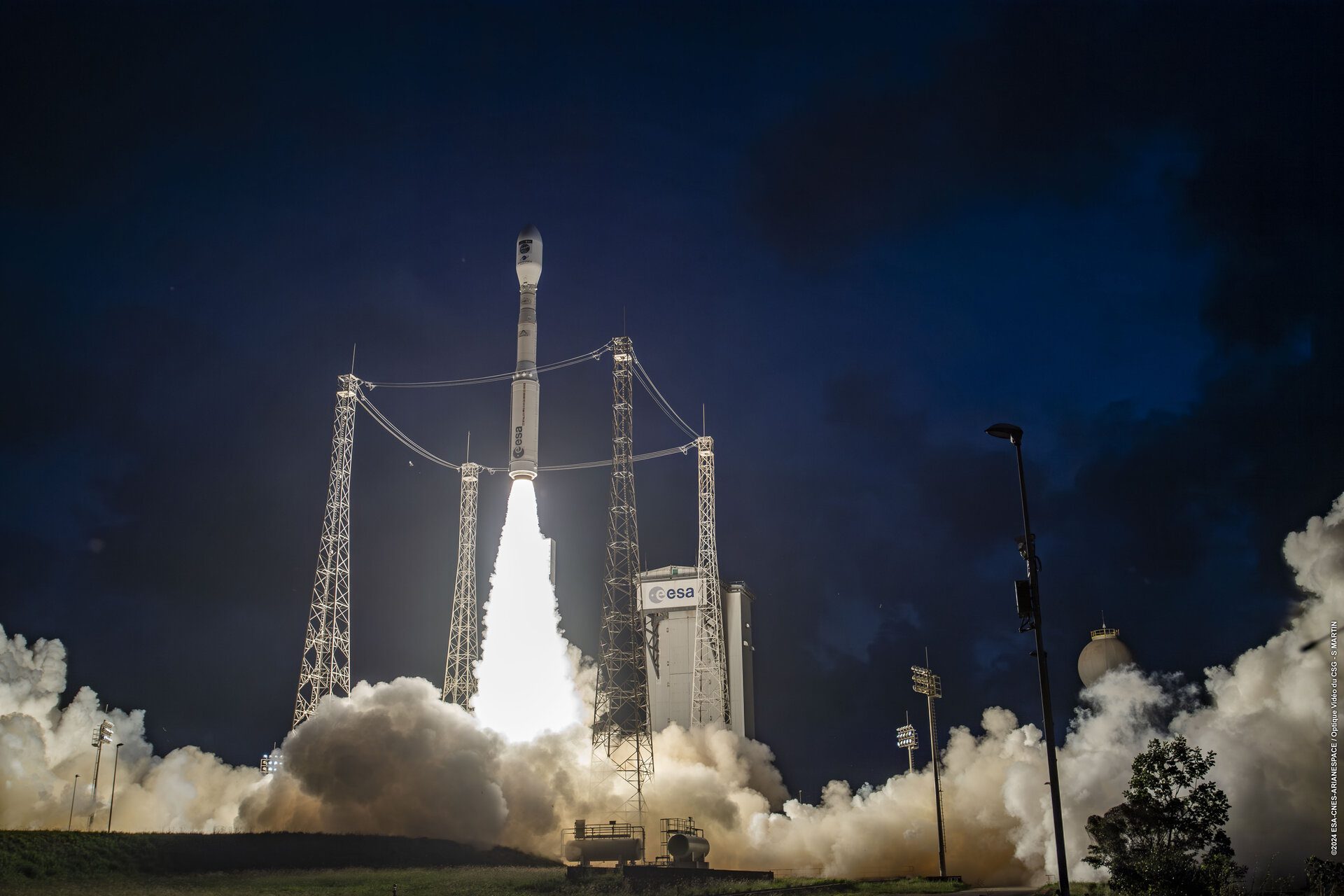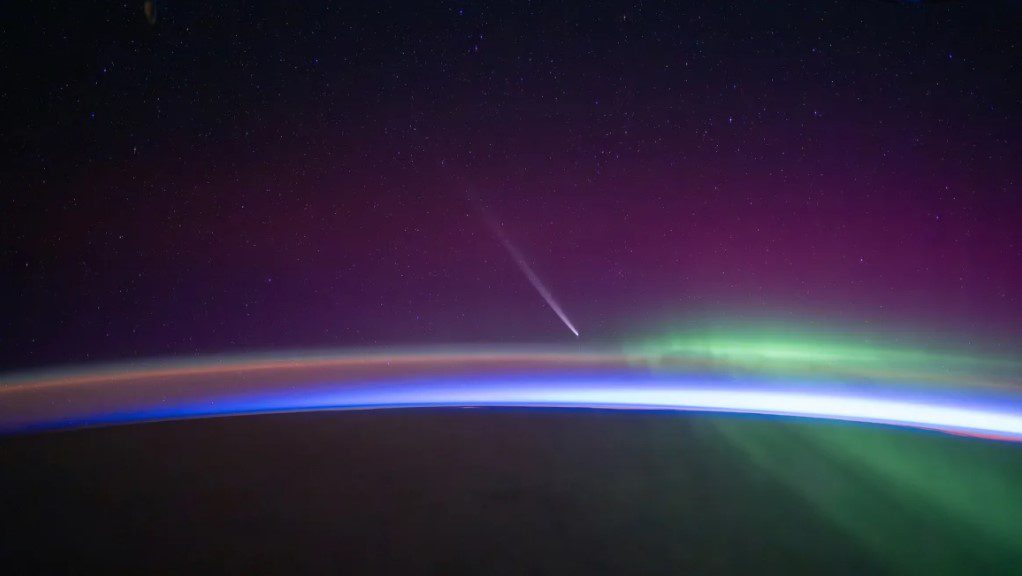Scientists at the University of Reading have discovered a cause and effect phenomenon which could revolutionise weather forecasting. By studying the solar wind, and measuring the relative frequency of lightning discharges on Earth, they have found was appears to be a causal link. Specifically when there is an increase in the speed of solar wind as measured by the NASA ACE (Advanced Composition Explorer) spacecraft then the number of lightning strikes goes up. The Met office measured the lightning strikes using its ATD detection network.
The solar wind is thought to be analogous to the number of charged particles entering the atmosphere. The number of lightning strikes was measured prior to and after the influx of extra charged particles with a 31% increase in lightning strikes being measured if suitable ‘lightning’ weather is already present. Increases in the solar wind occur during peaks in solar activity such as solar flares and Coronal Mass Ejections (CME).
This is not the first time that solar activity has been implicated in Earth weather. Rainfall patterns and hence river levels is known to be affected by it. The full research has been published in Environmental Research Letters.






